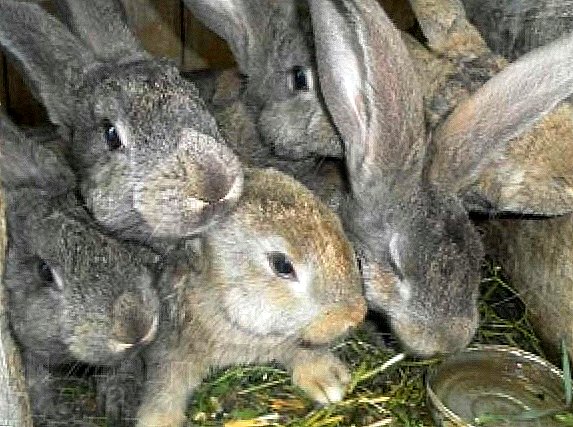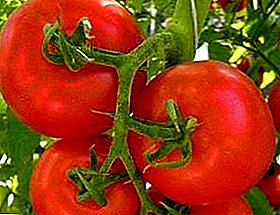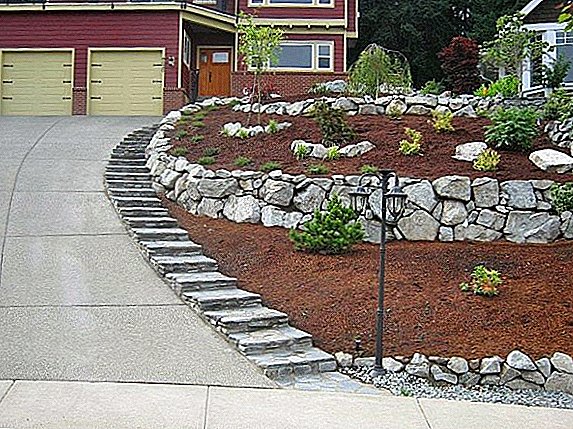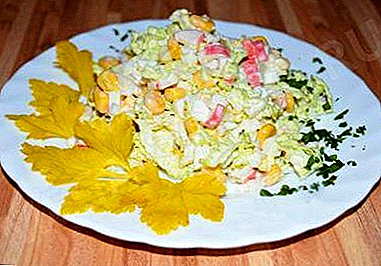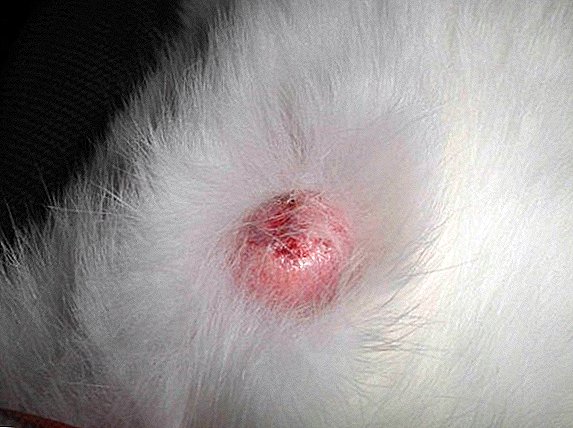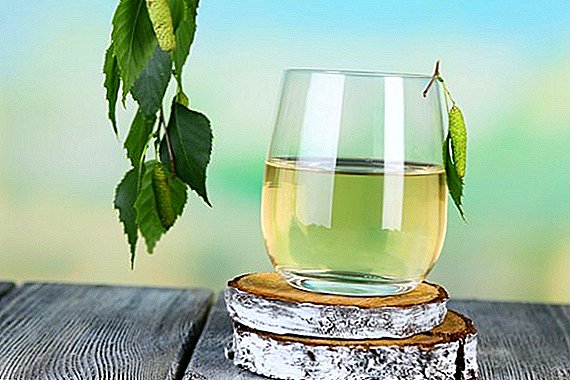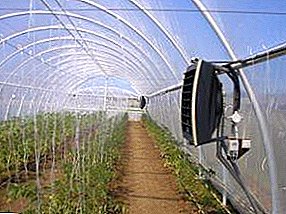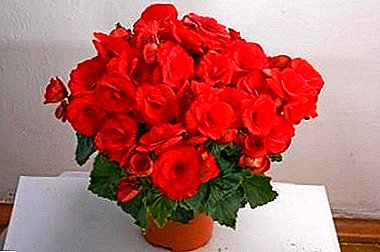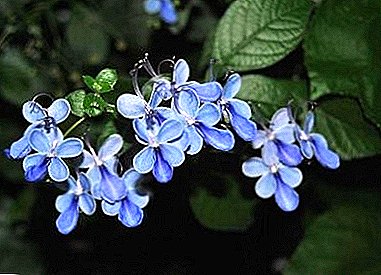
Ugandan Clerodendrum perfect fit for growing at home, the plant looks very impressive, the duration of the flowering period is several months.
Its cultivation does not require special care, compliance with certain rules is mandatory.
Description
Ugandan Clerodendrum belongs to the verben family, due to the shape flowers in the form of butterflies popularly called "blue butterflies". The length of the leaves can reach 10 cm, the color of the leaves is dark green, thin lignified shoots can reach a length of 2.5 m. The flowering period lasts from spring to autumn, the leaves have a bluish tinge.
With other types of Klerodendrum you can also find on our website: Klerodendrum Uollicha, Klerodendrum Thompson, Klerodendrum Filippinsky.
A photo
You can visually get acquainted with Clerodendrum of Ugandan in the photo:





Home care
If you decide to start a Ugandan clerodendrum, home care will not be difficult. Best flower to post in the south, in spring and summer it is recommended to plant the plant on the loggia, during this period the most favorable conditions are created for it.
The northern direction is considered the worst for a klerodendrum, there may be problems with the appearance of flowers, to improve the conditions it is necessary to use additional illumination by fitolamps.
Read more about the care of Clerodendrum here.
Pruning
 Pruning considered necessary procedure, it helps to maintain the active growth of clerodendrum, increases its bushiness.
Pruning considered necessary procedure, it helps to maintain the active growth of clerodendrum, increases its bushiness.
This factor also determines the time of pruning, which is recommended in spring or autumn - before and after flowering. During the procedure is made shortening shoots.
Pruning allows you to form a crown not only as a vine, but also in the form of a stem tree, for this purpose the lower branches are removed from one central shoot, resulting in a smooth stem of a certain height.
Crown receive as a result of constant pruning and pinching side shoots. This method gives support to the stalk, as a result of which the plant does not bend or break.
Watering
Watering the plant is recommended moderately and regularly, after the earth dries up, as overwetting is a great danger for flower roots. In winter, the klerodendrum is recommended to be watered less frequently, full drying of the soil is not allowed.
The flower absorbs water throughout the surface, it is very important to spray the plant regularly. Water treatments are also useful due to the increased dryness of the air, while spraying is used melt or rain water.
Landing
For cultivation used slightly acidic humus soils, it can be mixed in equal proportions of sand, peat, humus, leaf and sod soil. In the store you can buy a weak acid soil for begonias and roses. It is recommended to put a drainage layer at the bottom of the pot to prevent water stagnation, before planting it is necessary sanitize which will protect the flower from fungi or pests.
Transfer
Sometimes the frequency of transplantation of a flower can reach 2 times a year. When choosing a pot, it must be borne in mind that the larger it is, the faster the flower will grow. At the bottom of the pot you need to put drainage layer 3-4 cm, it can be expanded clay, particles of bricks, shards.
After that, it is necessary to fill the ground with a new pot, remove the flower, cut off the shoots, and transfer it by transfer, which will prevent damage to the root system.
Lighting
One of the mandatory flowering conditions is considered large amount of light, klerodendrum not afraid of direct sunlight.
Temperature
 Temperature mode is an important condition for normal flower growth.
Temperature mode is an important condition for normal flower growth.
In summer, the plant feels good at moderate temperatures, in winter the optimum temperature is 12-16 degrees.
Failure to comply with this rest will not provide optimal conditions for rest, which may have a negative impact on the flowering process.
Breeding
Cuttings
Reproduction is carried out by cuttings and seeds, cutting is recommended in the warm season, in winter the process is slower. It is recommended to transplant sufficiently strengthened cuttings into separate pots.
For a magnificent bush should take 2-3 pieces, for the formation of the crown of the plant, you must periodically pinch.
Seeds
Cultivation of seeds is carried out in the usual way - in the spring the seeds are planted, when sprouts appear, they spout into large tanks.
Application
Ugandan Clerodendrum is used as a pot culture, as well as for vertical gardening.
Diseases and pests
Klerodendrum Ugandan can also affect diseases and pests, the most common is rot, the occurrence of which is associated with improper or excessive watering.
The plant suffers from whiteflies and spider mitesFirst, you can remove mechanically by wiping the sheets. Spraying with soapy water will help to destroy the spider mite.
Great danger to the flower is aphid, which insecticides will help fight, the most affected areas must be removed.
Why does not bloom?
 The lack of flowers in the allotted period is due to content violation Clerodendrum in the winter.
The lack of flowers in the allotted period is due to content violation Clerodendrum in the winter.
An important role is played by winter, during which the plant must recuperate for the upcoming flowering.
Preparation should begin in the fall with a slowdown in the growth of shoots, watering during this period should be reduced, feeding stopped.
In winter, the plant is placed in a cool room, with an air temperature of at least fifteen degrees.
At this time, klerodendrum can completely lose the leaves, to fear it is not recommended - the process is quite natural. When creating normal conditions for winter problems with flowering should arise. Another problem is the lack of colors is the lack of lighting.
Conclusion
 Ugandan Clerodendrum - enough common plant, does not differ in particular whimsicalness.
Ugandan Clerodendrum - enough common plant, does not differ in particular whimsicalness.
Flowering continues from the vein until the autumn; in winter, the flower needs to create optimal conditions for further growth.
Reproduction is carried out by cuttings and seeds, transplantation is carried out twice a year.
The plant can decorate any room, optimum growth will provide regular watering and the optimal level of lighting.


